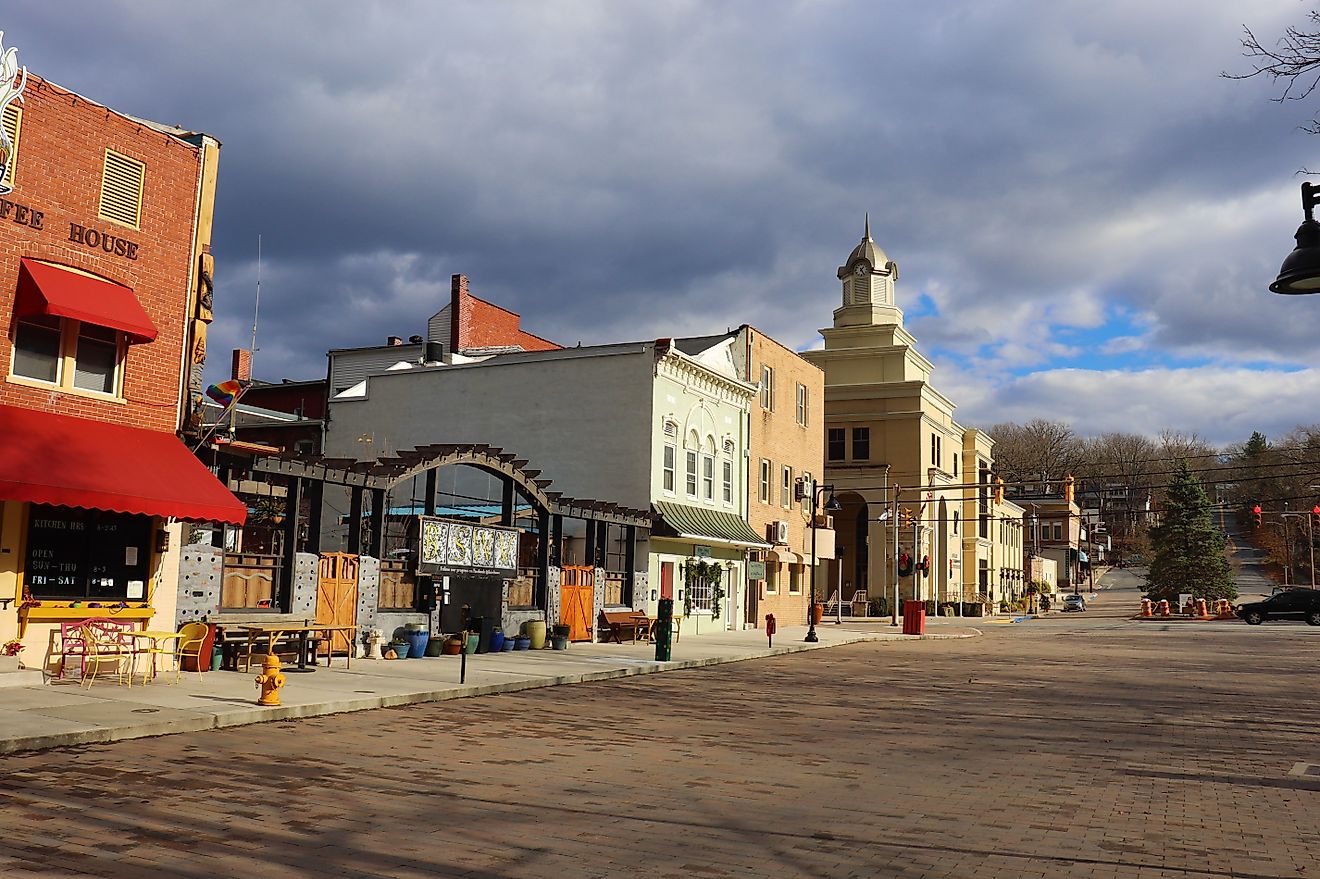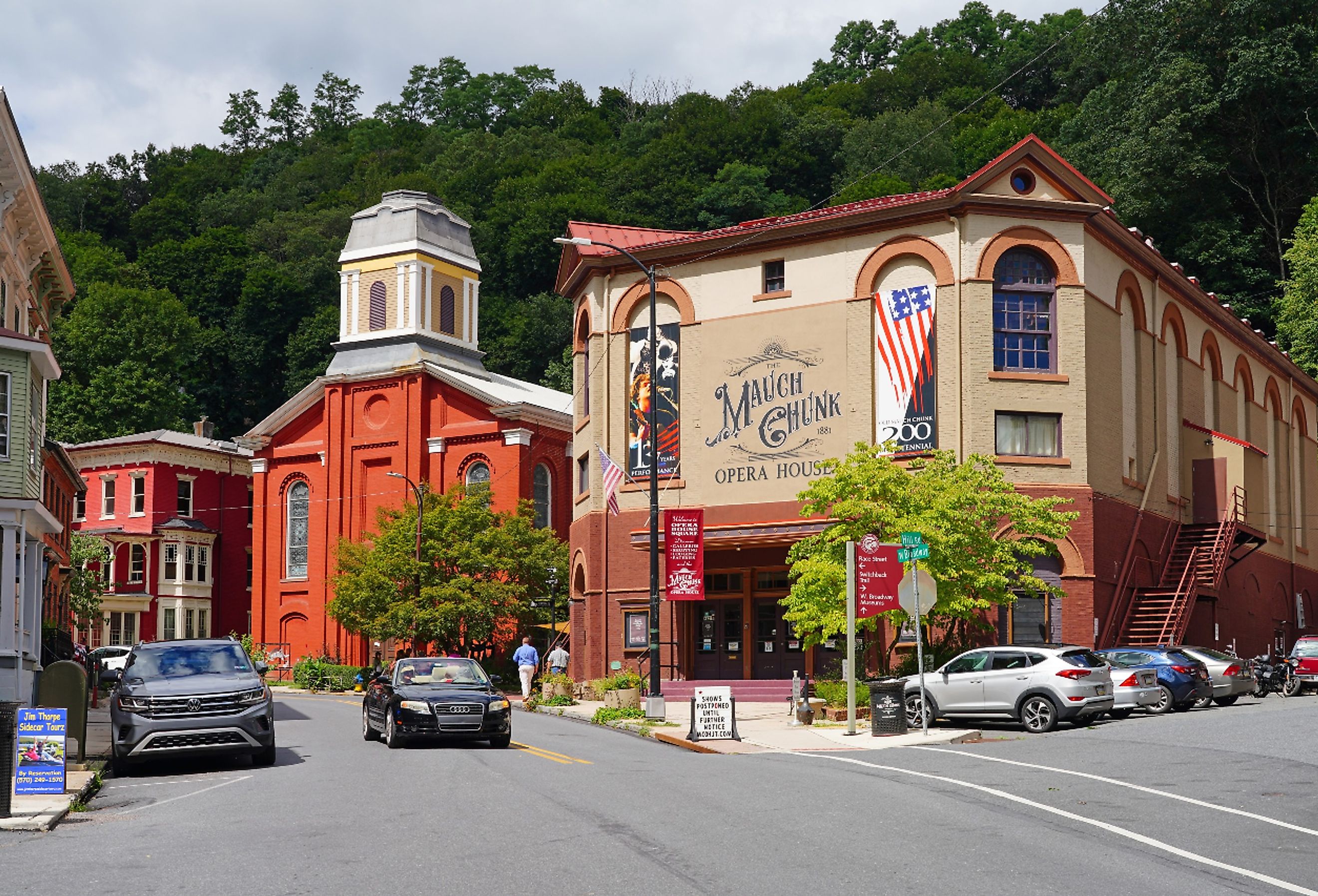
These Small Towns in the Poconos Have the Best Historic Districts
In the state of Pennsylvania, there is a region considered to be one of the jewels of American culture, the famous Pocono Mountains. The name Pocono is a Native American word for "creek between two hills." Miles of majestic mountains, valleys, and rivers created the backdrop to a society that strengthened its foundations during the Victorian era. Thanks to a rich natural environment and abundance of coal, the Pocono Mountains birthed a burgeoning steam train industry that became the American standard.
The small towns in the Poconos have done a wonderful job maintaining this rich past in their historic districts. When you visit the Poconos, you visit the coal mining towns, the railroad towns with functioning historic lines, Victorian architecture admired by presidents and ordinary people alike, and year-round marvelous natural beauty. It’s this best-of-both-worlds quality that makes the Poconos so popular: culturally important towns in the milieu of beautiful natural landscapes.
Jim Thorpe

The gorgeous town of Jim Thorpe is in the south Poconos by the Lehigh River in Carbon County. The town got its name from one of the best all-around athletes ever, when his remains arrived in a mausoleum here in 1954. The mausoleum and Jim Thorpe Memorial will be important stops on your trip to Jim Thorpe. Taking its name from the original town name, the Mauch Chunk Historic District in town is full of glimpses into the Victorian-era industrial boon.
Take, for example, the Asa Packer Mansion Museum. Eighteen ornate high-ceilinged rooms are still in the style of its original build of 1861, thanks to founder Asa Packer’s daughter's efforts to preserve this place. All in all, there are 28 other buildings in the historic district, including other mansions, an opera house, a library, a jail, and churches.
One of the most photogenic of these is the historic Central Railroad of New Jersey Station. Castle-like in appearance, the station is built in three different colors with dark sloped roofs and a conical tower. There are plenty of reasons that Jim Thorpe, also known as the "Switzerland of America," was once the second most popular tourist town in the US, behind only Niagara Falls.
Milford

Milford is a history lover's dream and an objective feast for the eyes. Next to the Delaware River, the natural beauty of the trails, ski hills, river, and forest mirrors the truly outstanding late Victorian architectural mastery of the Milford Historic District. Over 400 of the structures in Milford have been added to the National Register of Historic Places.
Grey Towers became a National Historic Site under John F. Kennedy. The Pinchot family, to whom the Grey Towers belonged, was recognized by Kennedy as for being the founders of the conservation movement. They also built several of the other buildings in town, including Historic Forest Hall, designed by the same architect responsible for the façade of the MET in New York City.
Honesdale

Head to the charming town of Honesdale if you want to see mesmerizing views of the Poconos while actively experiencing how and where an iconic part of American History began: the birthplace of the commercial railroad. A gravity track system, or connected series of inclines and declines, was built to overcome the elevations of the area. The tradition is still alive, as visitors can take a train ride through the Poconos on the historic Stourbridge Line. A tour guide will tell you historical information as you ride through the Poconos beside the Lackawaxen River and trees. Consider purchasing a ticket on a train in the fall, where you will see the leaves changing color and even have dinner on the train.
Getting off the train, you'll be at the Wayne County Historical Society museum, where you can see a replica of the original steam train. This museum was built behind the canal and sits at the junction where Pocono coal continued its journey onto ships bound for the Hudson River in New York. The museum has an exhibit that tells the story of the canal.
The Wayne County Historical Society maintains several other museums and buildings around town, including an old jail. You can come here in any season: the winter in Honesdale is quite truly a Winter Wonderland. Local resident Dick Smith wrote this holiday classic about Honesdale. A plaque to Smith is erected in front of the stunning Central Park.
Wilkes-Barre
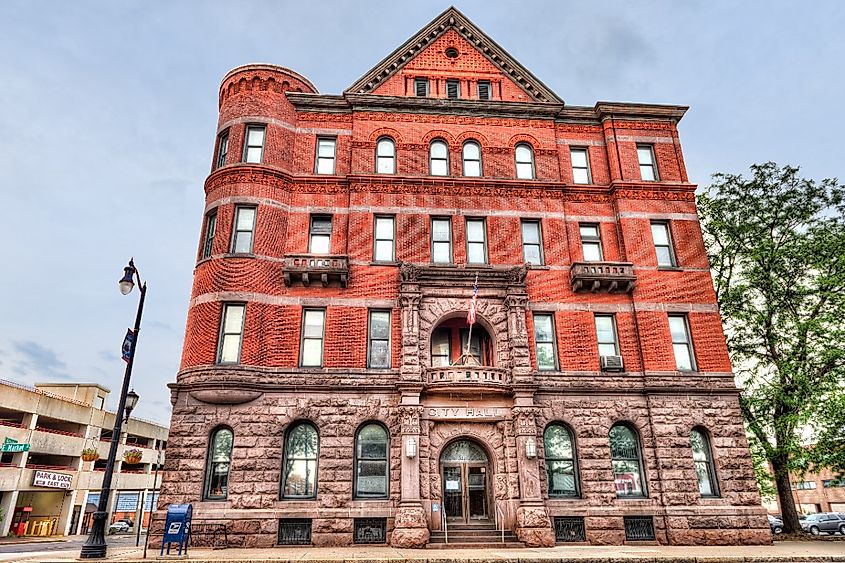
The beautiful town of Wilkes-Barre welcomes visitors to the Poconos from its vantage point in the Wyoming Valley. The Susquehanna River is the longest river on the East Coast, and due to its proximity to the coal mines in the Poconos, has left a legacy in the form of the River Street National Historic District in Wilkes-Barre. This 191-acre, 258-building district is not short of its attractions. One of the most inviting of these is the Luzerne County Courthouse. The courthouse is unique among buildings in the Poconos because of its classical beaux-arts style of construction.
Much of the architecture in the River Street National Historic District draws inspiration from the Chicago World Fair of 1893 and its faux-marbled facades, a movement known as the "White Cities" for the color of the material used. Other structures in the district that are part of this time and movement are the concrete Market Street Bridge, the Osterhout Library with a beautiful marble arched interior and vibrant stained glass window, and the now vacant First National Bank Building. Other architectural signatures of the historic district include the use of Wyoming Bluestone and, quite curiously, a mosque type built for the Shriner’s Hall.
Stroudsburg
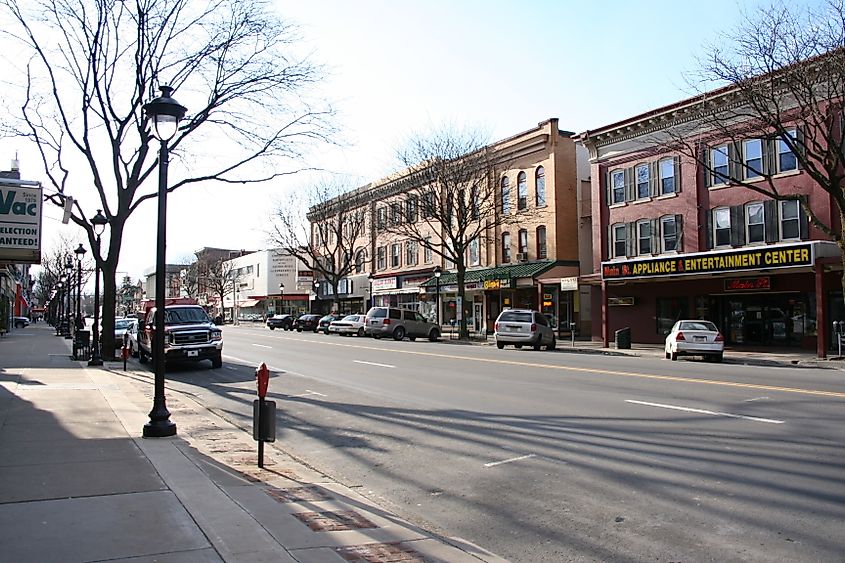
About 5 miles west of the Delaware River is Stroudsburg, the town nicknamed the "Heart of the Poconos." Stroudsburg is a great example of a community that has managed to maintain a strong connection to the past while also embracing the future. Take, for example, the Stroud Mansion, the marquee attraction of Stroudsburg. Having been both a home and museum, the home has stood in the town since 1795 with the original floors still in place. The Monroe Country Historical Association has put forth a construction and renovation project to not only repair defects but also create an addition to expand the museums’ use. The same group is also in charge of maintaining the cute little pale green Driebe Freight Station, now a thrift shop.
For another attraction, check out the Quiet Valley Living Historical Farm. Trained actors portray what it was like living on a German farm during the 1800s in Stroudsburg. With tours and workshops available, this is truly an activity to partake in to get a true taste of the history of Stroudsburg.
Lansford
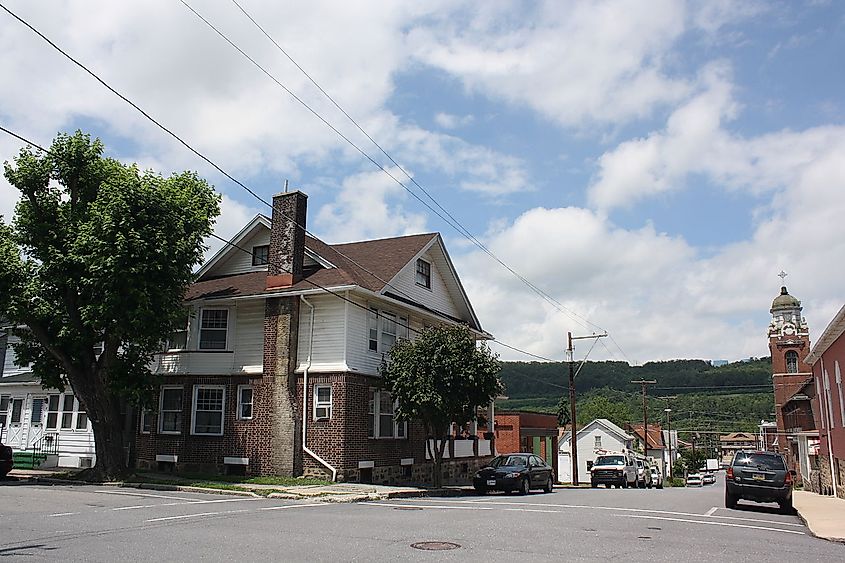
Have you ever wanted to enjoy your own Tom Sawyer-like adventure? The place to do it is in the Poconos, Lansford, more specifically. A ten-mile hop, skip, and jump away from Jim Thorpe is the No. 9 Coal Mine and Museum in Lansford. It’s the oldest mine in America that is open for tours. Originally opened in 1855, the staggering degree of preservation of this mine is due to its having operated continuously until 1972.
The tour takes you right into the heart of the mine on a railcar, where you will go through tunnels, see shafts, staircases, hand railings, artifacts, and even a hospital inside the mine. Workers equipment and other historical items are on display in the adjoining museum. After a day at the mines, stroll through the historic district to look at the St John the Baptist Byzantine Catholic Church, Panther Valley Public Library, and War memorial.
Hawley
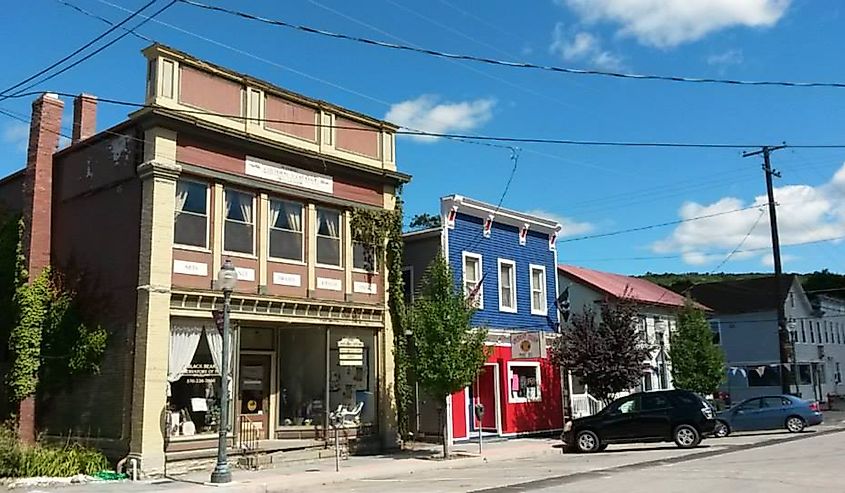
The unforgettable town of Hawley is on Lake Wallenpaupack, an enormous human-made lake. The lake was created in 1927 and is 5,700 acres in size. It was built with the production of electricity in mind, and you can visit the dam that creates the lake and the hydroelectric power generation from a vista on the Lake Wallenpaupack Dam Overlook. Lake Wallenpaupack isn’t the only historically significant body of water in town, however.
The Lackawaxen River and Wallenpaupack Creek run through town, and the creek, in particular, spawned the creation of the 19th-century Silk Mill in Hawley. The building produced its own electricity and housed a silk production facility, all within the structure of the largest Bluestone building in the world. Nowadays, you can see the Silk Mill like never before. The large mill is an event space, mall, gallery, fitness center, college, and professional office space.
The Pocono's history is as rich and varied as its rolling terrain. From mountains to valleys, from rivers to forests, the towns that sprung up here became key players in the economy of the industrial revolution because of their ability to solve the problems of living in this complex region. Whether it’s a fall train ride through the Pocono train line, winter skiing in a Winter Wonderland, catching the beautiful spring in the birthplace of the American conservation movement, or cooling off in Lake Wallenpaupack in the summer, The Pocono Mountains have something to offer everyone.
